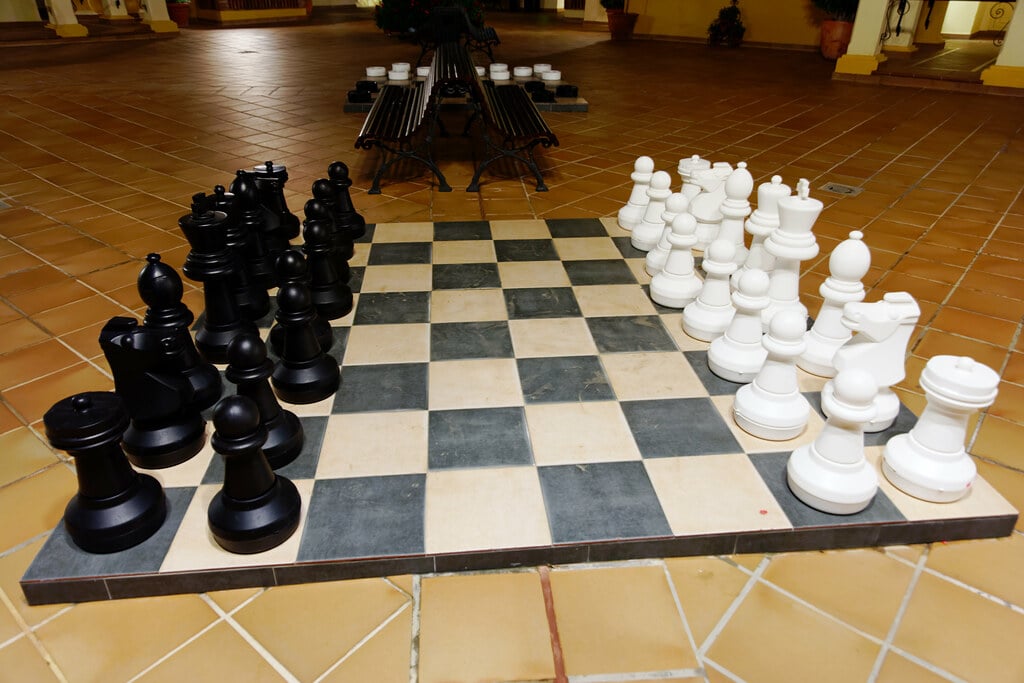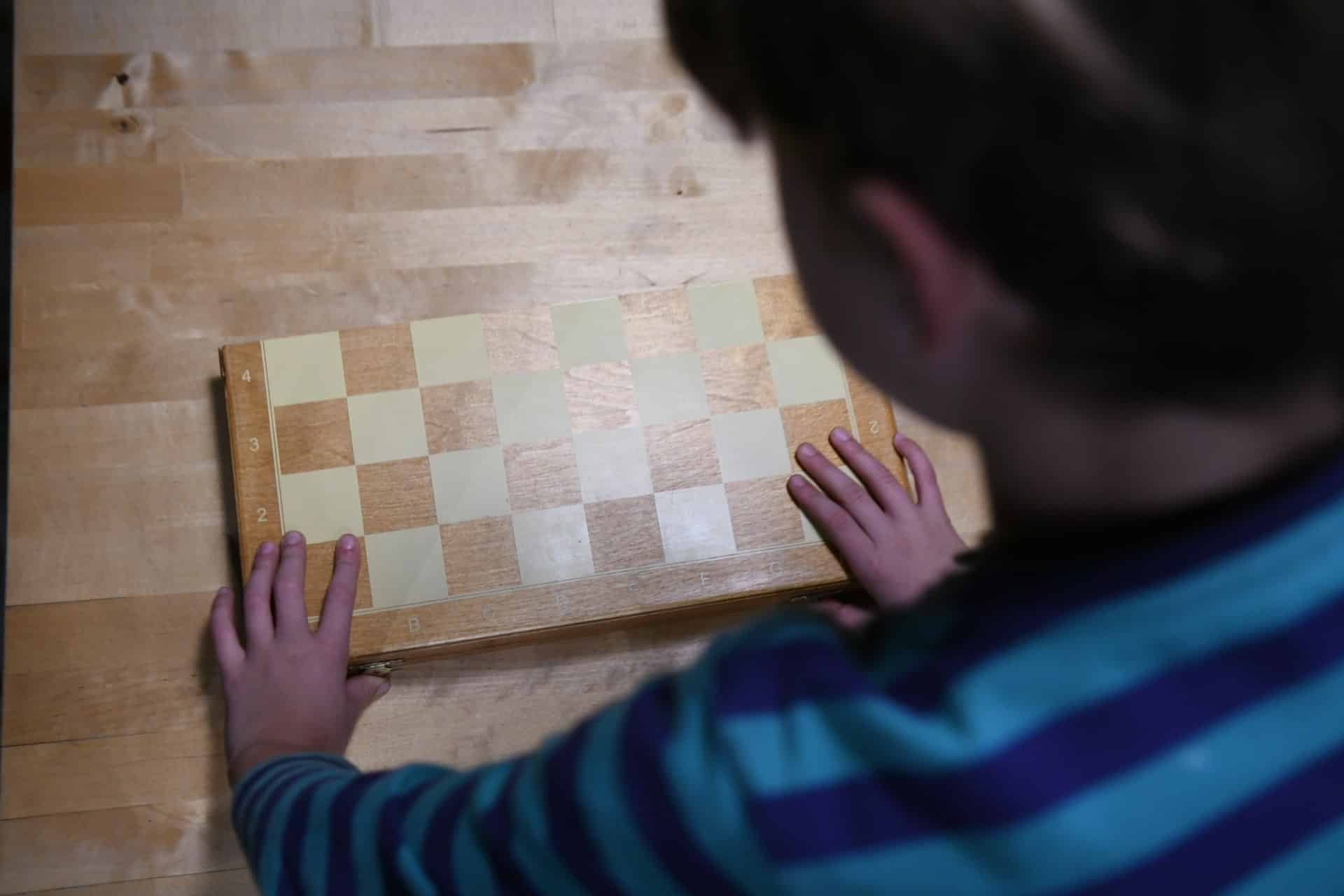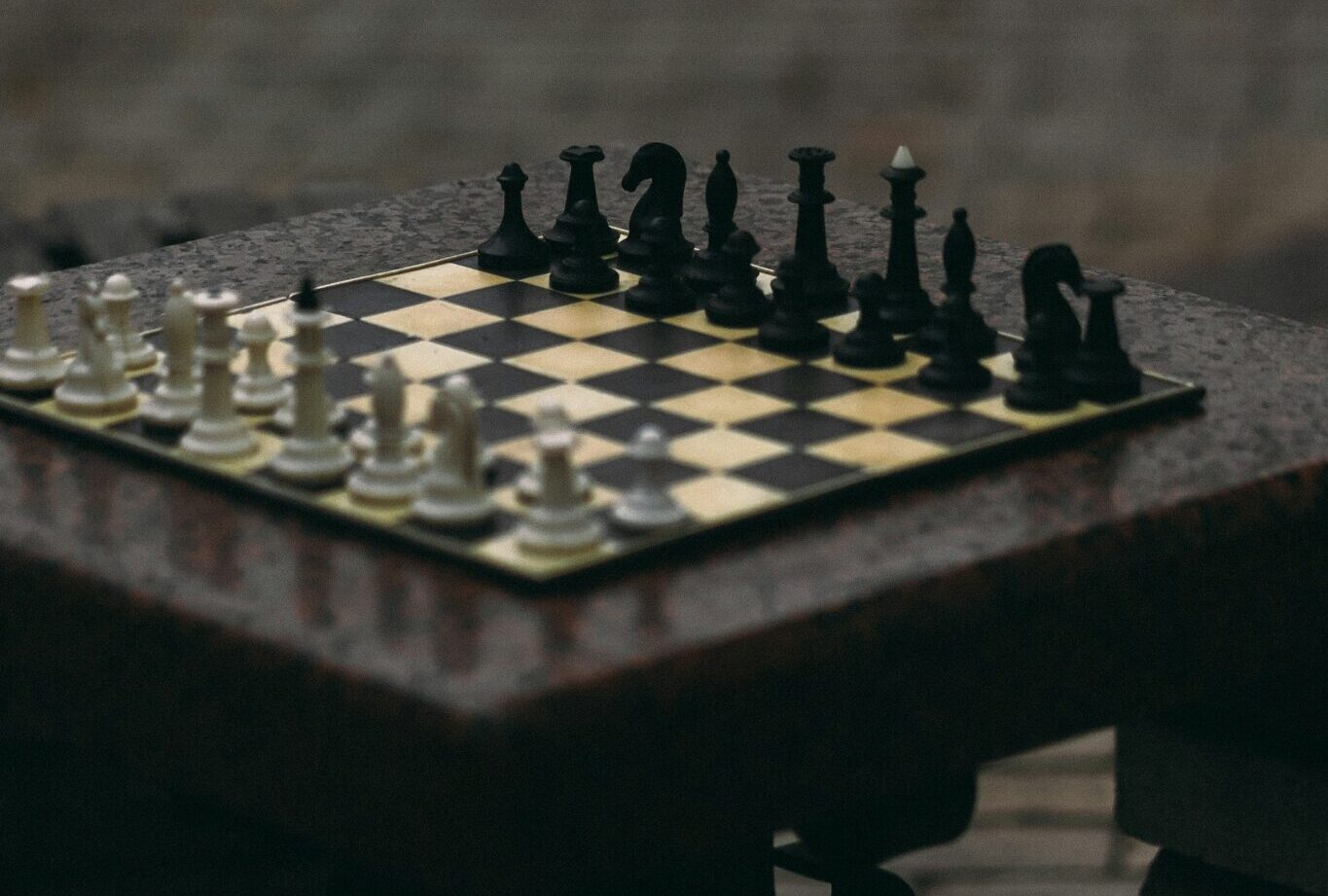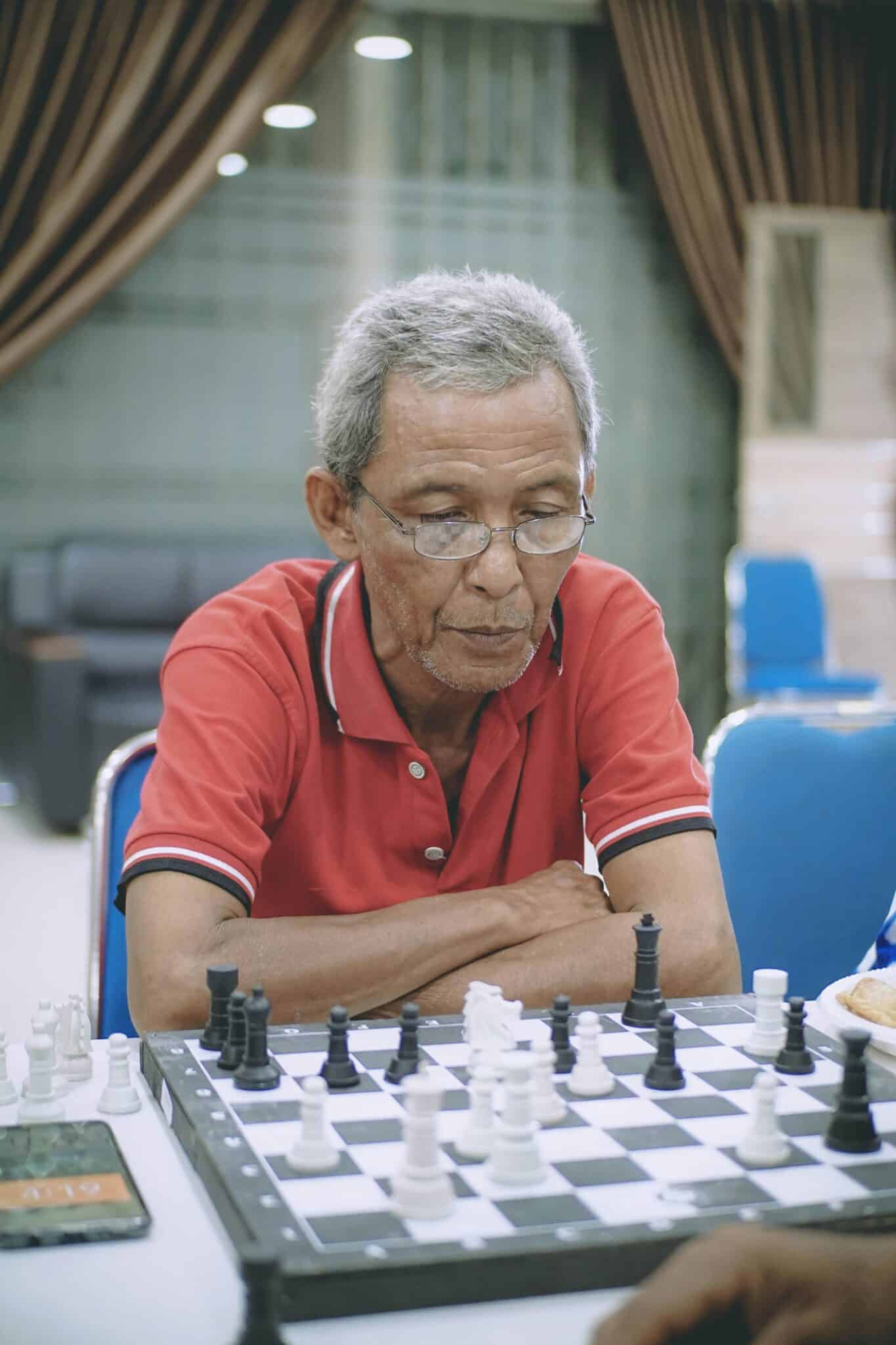Chess spanish is a game that has been around for centuries and is still popular today. It is both a game of strategy and skill, and can be enjoyed by people of all ages and skill levels. In this article, we will explore the world of chess through the Spanish language. We'll look at basic chess terms, the rules of the game, and how to play chess in Spanish.
The Spanish language has a variety of chess terms and phrases to describe the game. We'll take a look at some of the most important ones, such as tablero (board), rey (king), and peón (pawn). We'll also cover the basics of the game, such as setting up the board and the rules of play.
Once we've gone over the basics, we'll explore different ways to play chess in Spanish. We'll look at different strategies and tips for playing the game, as well as popular variations like Spanish Chess and Blitz Chess. Finally, we'll discuss the benefits of learning to play chess spanish, including improved cognitive thinking, better strategic planning, and more.
Table of Contents
Translating to chess spanish
Ajedrez español es una variación del ajedrez clásico, que se juega con dos equipos de seis piezas cada uno. Estas piezas son un rey, un caballero, una torre, un alfil, una dama y un peón. Al comenzar el juego, cada equipo coloca sus piezas en una configuración específica en el tablero de ajedrez. El objetivo del juego es capturar el rey del equipo rival.
Hay una serie de reglas que se aplican al juego del ajedrez español. Una de estas reglas es que el rey siempre se mueve primero. Además, los peones siempre se mueven hacia adelante y los caballeros se mueven en un patrón de “L”. También hay reglas para el enroque, el jaque y el jaque mate.
Existen muchas estrategias para jugar al ajedrez español. Algunas estrategias incluyen la evaluación de la posición de las piezas en el tablero y el movimiento de las piezas de una manera que mantenga segura al rey. También se pueden usar tácticas como el sacrificio de una pieza para ganar una posición mejor.
En el ajedrez español hay muchas formas de ganar una partida. El objetivo principal es ganar el rey del equipo rival, pero también se puede ganar si se logra que el equipo rival se rinda. Los jugadores también pueden empatar si ambos equipos tienen el mismo número de piezas y ninguno de los equipos puede ganar.
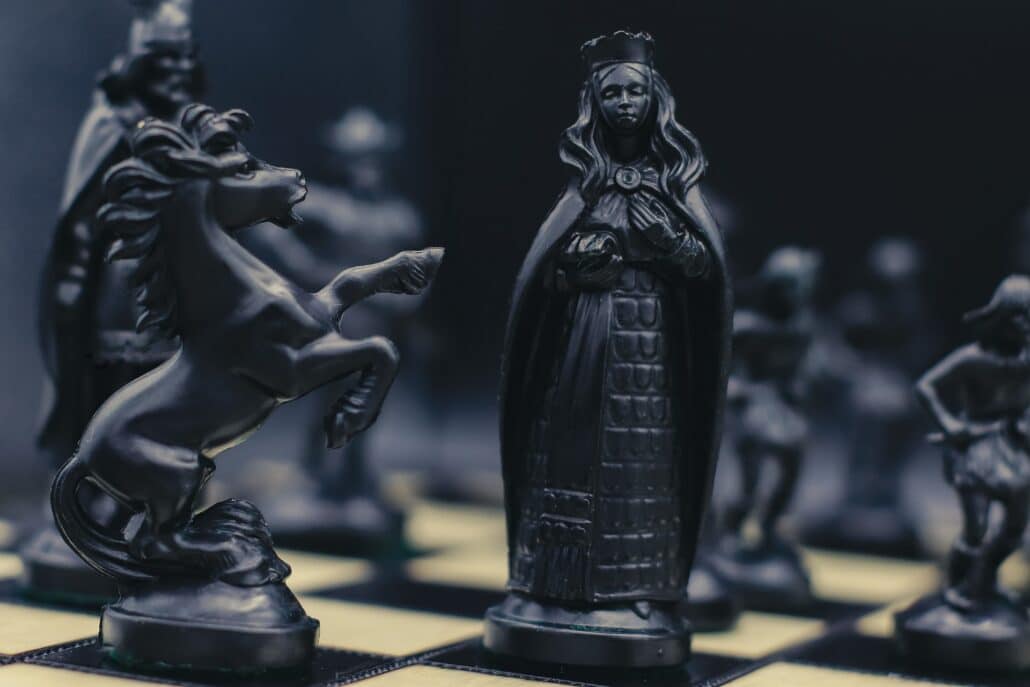
What does tablas mean in chess spanish?
Tablas is a Spanish term in chess that means a draw or stalemate. A stalemate occurs when a player is not in check but has no legal moves available. This is the most common way for a game of chess to end in a draw. It is important to note that a player can also offer or accept a draw at any point during the game.
Players in a game of chess spanish typically agree to draw when the outcome appears to be inevitable, or when both players are running out of time. A player can also offer a draw to their opponent as a sign of good sportsmanship. In tournament play, draws are also a way to save time, as playing to a draw can be quicker than playing to a win.
Tablas is also used by chess spanish players to refer to a draw that has been forced by a player. This can happen when a player's pieces are so limited that they can't even deliver checkmate, even if they have more pieces than their opponent. When this happens, the game ends in a draw, and the player is said to have “forced tablas” in chess spanish.
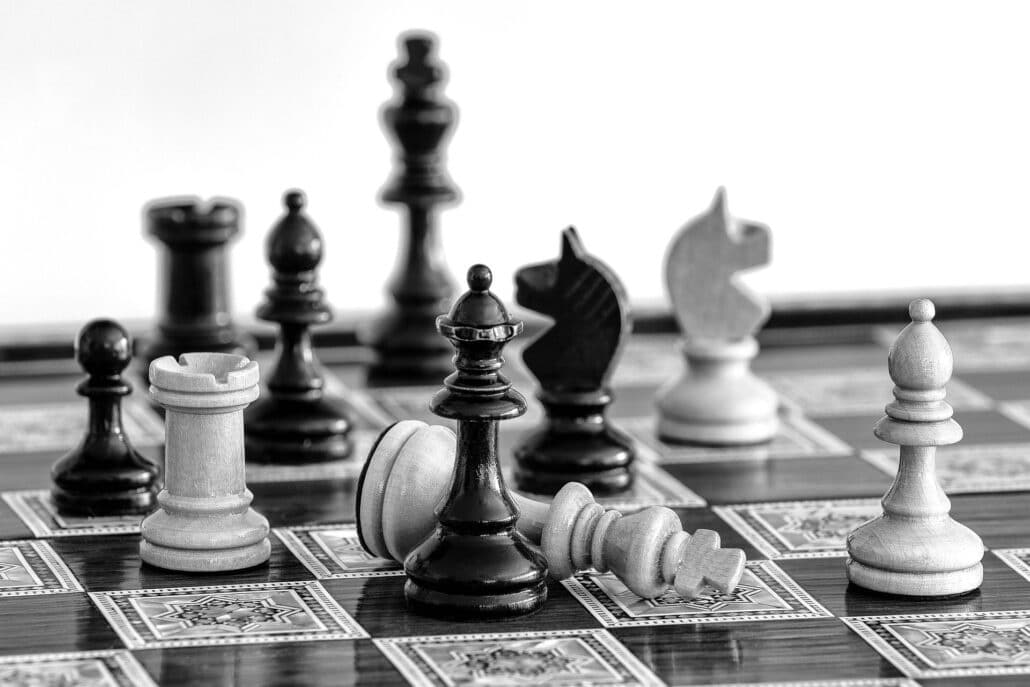
How do you say chess spanish in different languages?
Chess is a popular game that has been played for centuries and has been translated into most languages. Here is a list of some of the more common ways of saying chess in different languages:
- English: Chess
- Italian: Scacchi
- French: Échecs
- Spanish: Ajedrez
- German: Schach
- Russian: Шахматы
- Chinese: 象棋
- Japanese: チェス
In Arabic, the word for chess is شطرنج. In Turkish, it is Satranç. In Hebrew, it is שחמט. In Greek, it is Σκάκι. In Hindi, it is शतरंज. In Thai, it is แซกซ์.
How do you say Castle in chess spanish?
Castillo is the Spanish word for a castle in the game of chess.
In Spanish, a castle is referred to as a castillo. It is the same name as the defensive structure found in Medieval Spanish castles, and is pronounced kahs-tee-yoh. The castillo is one of the six chess pieces, which also includes the king, queen, bishop, knight, and pawn.
The castillo is one of the most powerful pieces on the chessboard. It is able to move any number of squares in a straight line in either the horizontal, vertical, or diagonal direction. It is also able to jump over other pieces and can be used to defend the King, Queen, and other pieces on the board.
The castillo is one of the most important pieces in the game of chess, as it is able to control many squares on the board. It is important to remember when playing chess to protect your castillo and use it to your advantage. Knowing how to move and use the castillo will increase your chances of winning the game.
What is chess spanish slang?
Chess slang is a set of words commonly used to talk about the game of chess. It is used by players and spectators to talk about the game in an efficient and fun way. It is also used to make jokes about the game, to show admiration for a certain player or to express surprise at an unexpected move.
Common chess slang includes words like “stalemate”, which is used to describe a situation in which neither player can win, “zugzwang”, which is used to describe a situation in which one player must move but any move will worsen the position, and “time-trouble”, which is used to describe a situation in which one player has very little time left to make a move.
This type of language can be very helpful in making the game more enjoyable and easier to understand. Additionally, it can also help to show respect to experienced players who might be offended by more technical terms. For this reason, it is important to be familiar with the different types of chess slang.
Chess slang can also be divided into categories, such as descriptive words, humorous expressions, and strategic terms. Descriptive words are used to describe the game itself, such as “endgame” or “checkmate”. Humorous expressions are used to make jokes about the game, such as “blunder” or “pawn rush”. Strategic terms are used to describe specific strategies or moves, such as “pin” or “fork”.
Chess spanish is a great way to improve your ability to think and strategize. It is a great way to challenge yourself and to practice your cognitive skills. Here are some of the benefits of playing chess spanish:
- It helps you develop problem-solving skills
- It is a great way to exercise your brain
- It allows you to practice strategic thinking
In conclusion, chess spanish is a great way to improve your thinking and strategizing abilities. It is a great game for all ages, and can be enjoyed by anyone.

